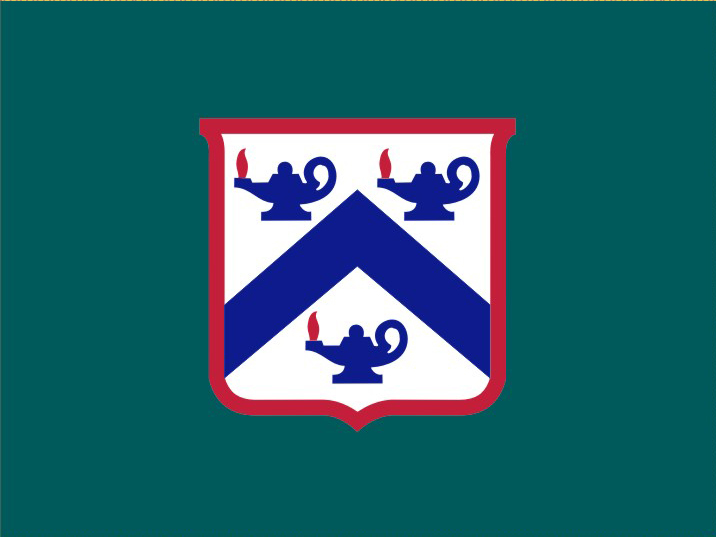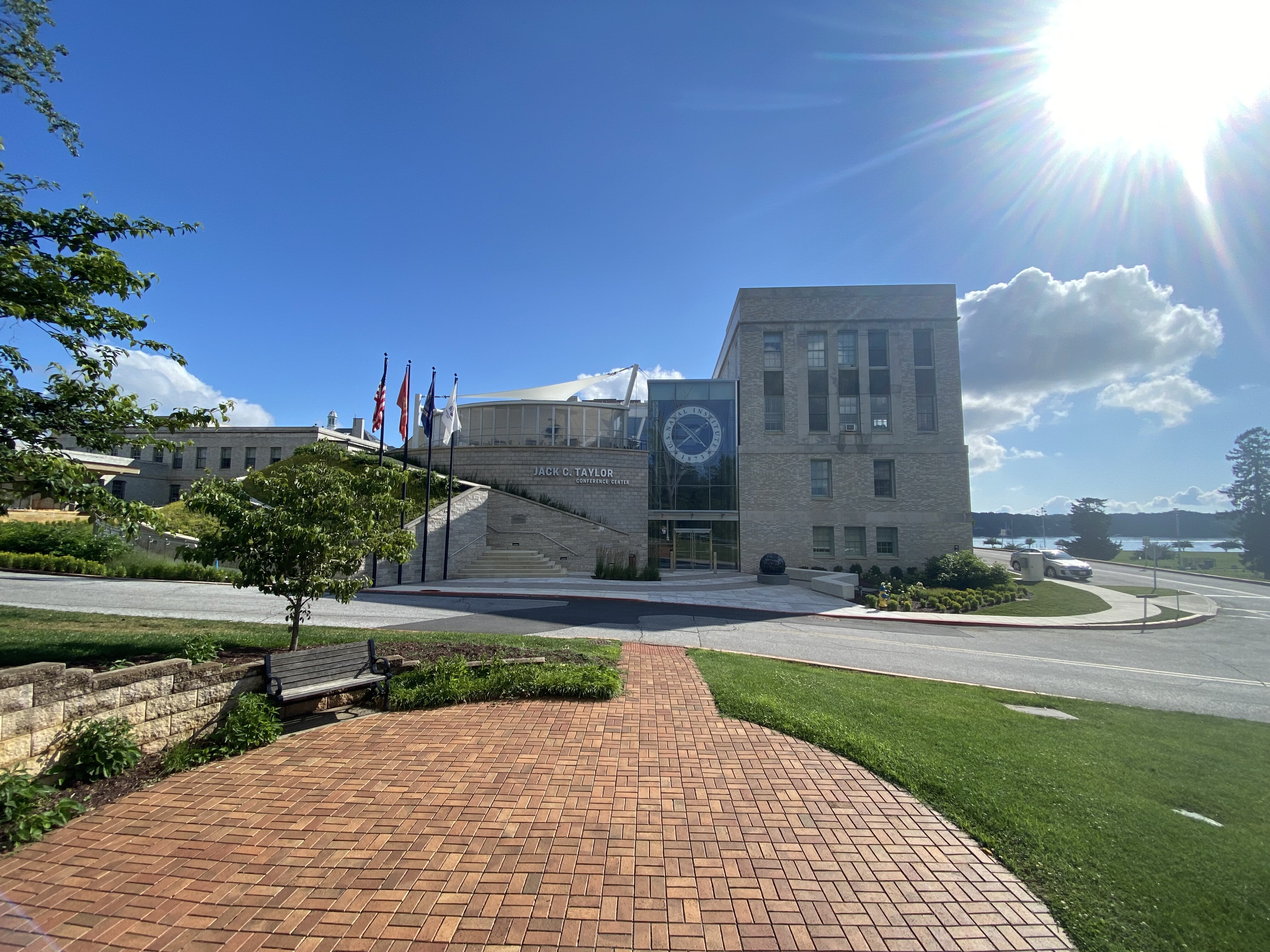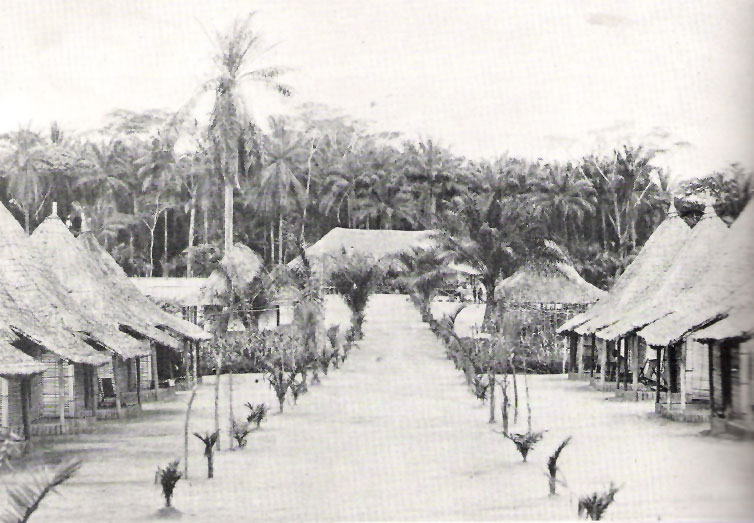|
Operation Dragon Rouge
Operation Dragon Rouge (, , meaning "Operation Red Dragon") was a hostage rescue operation in the Democratic Republic of the Congo conducted jointly by Belgium and the United States in 1964. The operation was led by the Belgian Paracommando Regiment to rescue hostages held by Simba rebels in the city of Stanleyville. Background By 1964, the Léopoldville government, supported by Western powers, was gaining a foothold in its fight to suppress the communist-backed Simba rebellion. Fearing an inevitable defeat, the rebels resorted to taking hostages of the local white population in areas under their control. On 28 October the Simba rebels arrested all Belgians and Americans in Stanleyville. Several hundred hostages were taken to Stanleyville and placed under guard in the Victoria Hotel. The Léopoldville government turned to Belgium and the United States for help. In response, the Belgian army sent a task force to Léopoldville, airlifted by the U.S. 322nd Air Division. W ... [...More Info...] [...Related Items...] OR: [Wikipedia] [Google] [Baidu] |
Pieter Dox
Petrus Joannes Maria Dox (7 May 1898 – 26 November 1964) was a Belgian Flemish soldier during the First World War known for his opposition to the Belgian Army's French-speaking officers' discriminatory treatment of Flemish-speaking soldiers. His vocal criticism led to his dismissal from front line service and his reassignment to the Special Forestry Platoon, a penal military unit. After the war, Dox moved to the Belgian Congo where he served as a Christian missionary for the next few decades. He was killed during the Simba rebellion in November 1964. Biography World War I Around 1914, Dox joined the Dominican Order as a novice. In 1916, despite a Belgian royal decree that only men born before 1897 could be conscripted, he was drafted to fight in the First World War. As a member of the seminary, Dox had to serve in the medical corps, and after only a single month of training he was sent to the Western Front. He was critical of the French-speaking officers' ... [...More Info...] [...Related Items...] OR: [Wikipedia] [Google] [Baidu] |
Harper & Row
Harper is an American publishing house, the flagship imprint of global publisher HarperCollins, based in New York City. Founded in New York in 1817 by James Harper and his brother John, the company operated as J. & J. Harper until 1833, when it changed its name to Harper & Brothers, reflecting the inclusion of Joseph and Fletcher Harper. Harper began publishing ''Harper's Magazine'', ''Harper's Weekly'', and other periodicals beginning in the 1850s. From 1962 to 1990, the company was known as Harper & Row after its merger with Row, Peterson & Company. Harper & Row was purchased in 1987 by News Corporation and combined with William Collins, Sons, its United Kingdom counterpart, in 1990 to form HarperCollins, although the Harper name has been used in its place since 2007. History J. & J. Harper (1817–1833) James Harper and his brother John, printers by training, started their book publishing business, J. & J. Harper, in New York City in 1817. Their two brothers, Joseph Wesl ... [...More Info...] [...Related Items...] OR: [Wikipedia] [Google] [Baidu] |
United States Army Combined Arms Center
The U.S. Army Combined Arms Center (USACAC) is located at Fort Leavenworth and provides leadership and supervision for leader development and professional military and civilian education; institutional and collective training; functional training; training support; battle command; doctrine; lessons learned and specified areas the Commanding General, United States Army Training and Doctrine Command (TRADOC) designates in order to serve as a catalyst for change and to support developing relevant and ready expeditionary land formations with campaign qualities in support of the joint force commander. Components Components (all based in Fort Leavenworth) are: *The Army University, which was created in 2015 and charged with directly integrating 70 separate U.S. Army Training and Doctrine Command (TRADOC) internal school programs under one university system while also synchronizing instruction with more than 100 additional TRADOC institutions. **Subcomponents include the U.S. Army Co ... [...More Info...] [...Related Items...] OR: [Wikipedia] [Google] [Baidu] |
Naval Institute Press
The United States Naval Institute (USNI) is a private non-profit military association that offers independent, nonpartisan forums for debate of national security issues. In addition to publishing magazines and books, the Naval Institute holds several annual conferences. The Naval Institute is based in Annapolis, Maryland. Established in 1873, the Naval Institute claimed "almost 50,000 members" in 2020, mostly active and retired personnel of the United States Navy, Marine Corps and Coast Guard. The organization also has members in over 90 countries. The organization has no official or funding ties to the United States Naval Academy or the United States Navy, though it is based on the grounds of the Naval Academy through permission granted by a 1936 Act of Congress. History The United States Naval Institute was formed on October 9, 1873, by 15 naval officers gathered at the Naval Academy's Department of Physics and Chemistry building in Annapolis to discuss, among other topics ... [...More Info...] [...Related Items...] OR: [Wikipedia] [Google] [Baidu] |
United States Government Publishing Office
The United States Government Publishing Office (USGPO or GPO), formerly the United States Government Printing Office, is an agency of the legislative branch of the United States federal government. The office produces and distributes information products and services for all three branches of the Federal Government, including U.S. passports for the Department of State as well as the official publications of the Supreme Court, the Congress, the Executive Office of the President, executive departments, and independent agencies. An act of Congress changed the office's name to its current form in 2014. History Establishment of the Government Printing Office The Government Printing Office was created by congressional joint resolution () on June 23, 1860. It began operations March 4, 1861, with 350 employees and reached a peak employment of 8,500 in 1972. The agency began transformation to computer technology in the 1980s; along with the gradual replacement of paper with el ... [...More Info...] [...Related Items...] OR: [Wikipedia] [Google] [Baidu] |
Airman Magazine
''Airman Magazine'' is the official magazine of the United States Air Force and reports on information and news about and of interest to Air Force members and their families. It is published bi-monthly online by the Defense Media Activity group. ''Airman'' also published ''The Book'' annually, a summary of basic Air Force facts, including weapons and aircraft, but discontinued doing so after 2011. History and profile ''Airman'' was first published in August 1957 as ''The Airman''. The final printed edition was released on September 1, 2011, with its new digital format for September/October 2011 being simultaneously published. The direct predecessor to ''Airman'' was called the ''Air Service Weekly Newsletter'', first published on September 21, 1918. Before its cancellation in 1946, its name was changed to ''Air Corps Weekly Newsletter'', ''Air Force Weekly Newsletter'', and finally ''Air Forces Weekly Newsletter''. References External links''Airman Magazine'' official website [...More Info...] [...Related Items...] OR: [Wikipedia] [Google] [Baidu] |
Osprey Publishing
Osprey Publishing is a British publishing company specializing in military history formerly based in Oxford. Predominantly an illustrated publisher, many of their books contain full-colour artwork plates, maps and photographs, and the company produces over a dozen ongoing series, each focusing on a specific aspect of the history of warfare. Their publications include the ''Men-at-Arms'' series, running to over 500 titles, with each book dedicated to a specific historical army or military unit. Osprey is an imprint (trade name), imprint of Bloomsbury Publishing. History In the 1960s, the Brooke Bond Tea Company began including a series of military aircraft cards with packages of their tea. The cards proved popular, and the artist Dick Ward proposed the idea of publishing illustrated books about military aircraft. The idea was approved and a small subsidiary company called Osprey was formed in 1968. The company’s first book, ''North American P-51D Mustang in USAAF-USAF Service'' ... [...More Info...] [...Related Items...] OR: [Wikipedia] [Google] [Baidu] |
Mobutu Sese Seko
Mobutu Sese Seko Kuku Ngbendu wa za Banga ( ; born Joseph-Désiré Mobutu; 14 October 1930 – 7 September 1997), often shortened to Mobutu Sese Seko or Mobutu and also known by his initials MSS, was a Congolese politician and military officer who was the first and only president of Zaire from 1971 to 1997. Previously, Mobutu served as the second president of the Democratic Republic of the Congo from 1965 to 1971. He also served as the fifth chairperson of the Organisation of African Unity from 1967 to 1968. During the Congo Crisis, Mobutu, serving as Chief of Staff of the Army and supported by Belgium and the United States, deposed the democratically elected government of left-wing nationalist Patrice Lumumba in 1960. Mobutu installed a government that arranged for Lumumba's execution in 1961, and continued to lead the country's armed forces until he took power directly in a second coup in 1965. To consolidate his power, he established the Popular Movement of the Revolution as ... [...More Info...] [...Related Items...] OR: [Wikipedia] [Google] [Baidu] |
Joseph Kasa-Vubu
Joseph Kasa-Vubu, alternatively Joseph Kasavubu, ( – 24 March 1969) was a Congolese politician who served as the first President of the Democratic Republic of the Congo (the Republic of the Congo until 1964) from 1960 until 1965. A member of the Kongo ethnic group, Kasa-Vubu became the leader of the Bakongo Association (ABAKO) party in the 1950s and soon became a leading proponent of Congo's independence from Belgian colonial rule. He forged an unlikely coalition between his regionalist and conservative ABAKO party and Patrice Lumumba's left-wing nationalist and election-winning Congolese National Movement (MNC) party, offering support in the government. In the agreement, he received from the Lumumbists, in the Senate and the National Assembly, the indirect election as president of the Republic in 1960. Constantly clashing with his prime ministers, his presidency was especially marked by his participation in the conspiracy that assassinated Patrice Lumumba. He was finally ... [...More Info...] [...Related Items...] OR: [Wikipedia] [Google] [Baidu] |
Moise Tshombe
Moise is a given name and surname, with differing spellings in its French and Romanian origins, both of which originate from the name Moses: Moïse is the French spelling of Moses, while Moise is the Romanian spelling. As a surname, Moisè and Mosè are Italian spellings of Moses. Given name Moise * Moise of Wallachia (died 1530), Romanian prince * Moise Crăciun (born 1927), Romanian skier * Moise Fokou (born 1985), American football linebacker * Moise Movilă (1596–1661), Prince of Moldavia * Moise Poida (born 1978), Vanuatuan footballer * Moise Pomaney (born 1945), Ghanaian long-jumper * Moise Safra (1935–2014), Brazilian businessman and founder of Banco Safra * Moise Kean (born 2000), Italian footballer Moïse * Moïse Amyraut (1596–1664), French theologian * Moïse Brou Apanga (born 1982), Côte d'Ivoire born Gabonese footballer * Moïse Bambara (born 1984), German-Burkinabé footballer * Moïse Bebel (1898–1940), Guadeloupean soldier * Moïse Bombito (b ... [...More Info...] [...Related Items...] OR: [Wikipedia] [Google] [Baidu] |
Isiro
Isiro () is the capital of Haut-Uele Province in the northeastern part of the Democratic Republic of the Congo. It lies between the Tropical rainforest, equatorial forest and the savannah and its main resource is coffee. Isiro's population is estimated at approximately 182,000. Most people speak Pa-Zande (Zande language), Lingala and Swahili language, Swahili. History Isiro was named ''Paulis'' after colonel, later diplomat, when it was part of the Belgian Congo. The city was developed in 1934 and reached its peak in 1957. In the troubled days of Congo's independence and its aftermath, operation ''Black Dragoon'' brought fighting between Belgian paratroopers and local Simba Rebellion, Simba militias. In 1998, Isiro became the home of a newly created Dominican Order, Dominican-operated university called ''University of Uélé, Université de l'Uélé''. It is the third city in Orientale province (after Kisangani and Bunia) to welcome a university. In 2015 Isiro became the capita ... [...More Info...] [...Related Items...] OR: [Wikipedia] [Google] [Baidu] |







